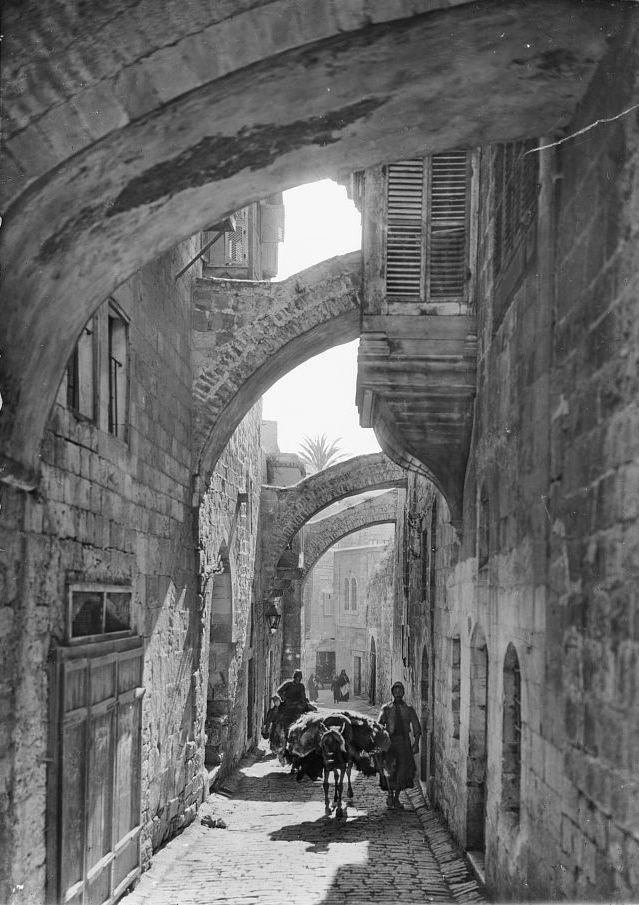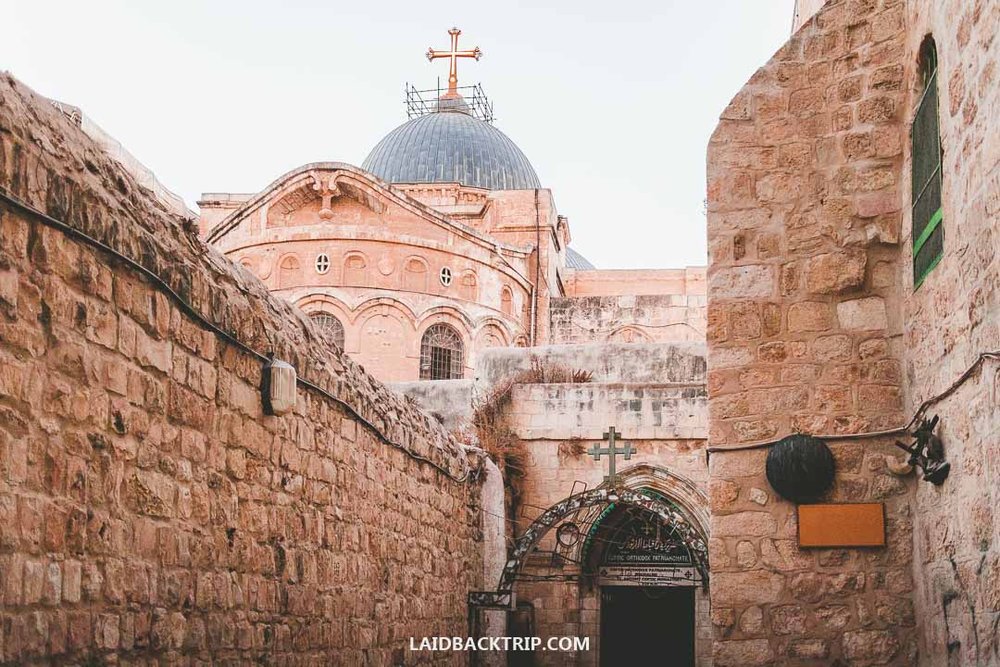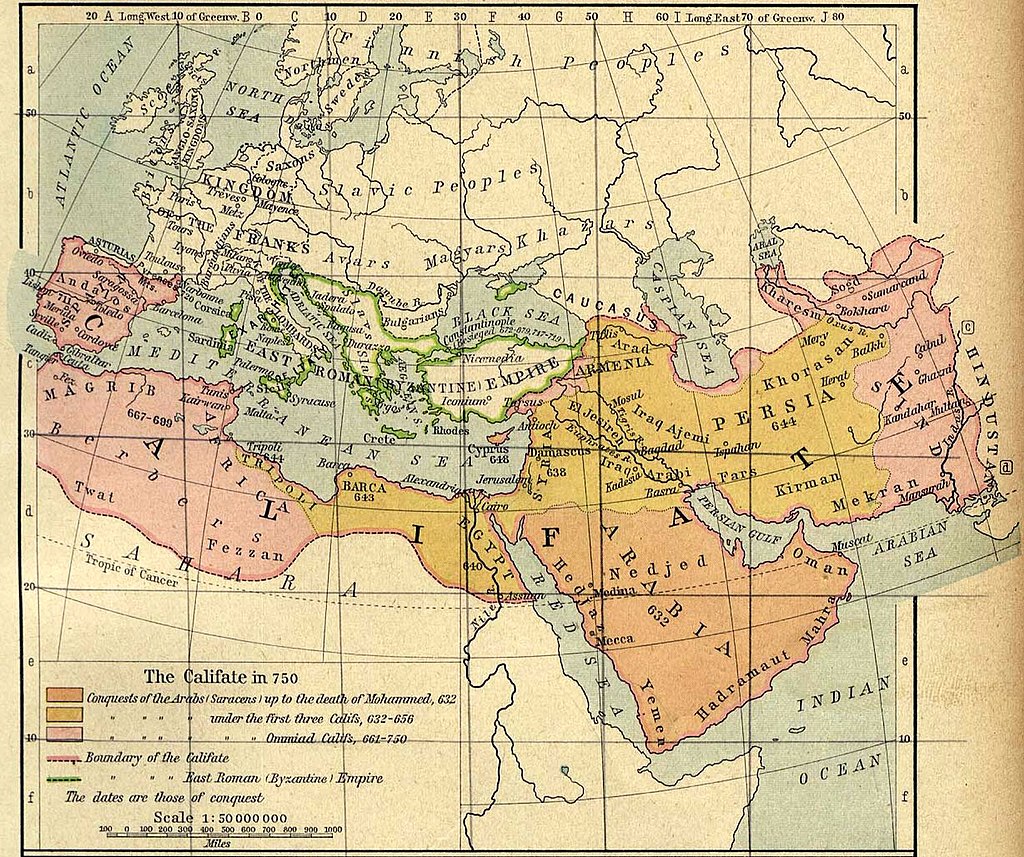
AsianOverland.net
Tour Guide - Itinerary
Asian Overland Sydney to London
Started 22/06/2022 Finished 21/06/2023365 Days ITINERARY
Day 294 date 11/04/2023JERICHO to OLD JERUSALEM, PALESTINE
ASIANOVERLAND.NET SYDNEY TO LONDON DAY 133/294/45: OLD JERUSALEM, PALESTINE
July 1980 and 1st November, 1980
In 198 BCE, Ptolemy V lost Jerusalem to a fellow successor empire to Alexander the Great, the Seleucids, under Antiochus III.
In 63 BCE, Pompey the Great recaptured Jerusalem, extending the influence and control of the Roman Republic to Palestine. As Rome became stronger, it installed Herod as a client king. Herod developed and beautified Jerusalem, building walls, towers and palaces.
One of the best walking tours on the overland is through Old Jerusalem, following the path Jesus walked on the way to his crucifixion at Mount Calvary. The Via Dolorosa (Latin for "Sorrowful Way", or "Way of Suffering") is a winding cobblestone route from the Antonia Fortress to the Church of the Holy Sepulchre, the site where Christians believe Jesus was crucified, buried and resurrected three days later. The Via Dolorosa route is marked by nine Stations of the Cross. There have been fourteen stations since the late 15th century, with the remaining five stations inside the Church of the Holy Sepulchre.
Roman rule over Jerusalem and Palestine was challenged in 66–74 CE by the oppressed locals, ending with another Roman victory. The Second Temple was destroyed in 70 CE, and the entire city of Jerusalem was destroyed in the war. The city "was so thoroughly razed to the ground by those that demolished it to its foundations, that nothing was left that could ever persuade visitors that it had once been a place of habitation."
Completely destroying ancient cities and rebuilding them from the ashes seems to be common in the Middle East. Perhaps future generations of "civilised" human beings will put an end to the practise, but there seems to be no evidence of that happening any time soon. Religion and religious wars, including the Christian Crusades, seem to be the underlying cause of the problem, together with land rights and dispossession.
The Crusades were religious wars supported and directed by the Christian Latin Church between 1095 and 1291, intended to conquer Jerusalem and the eastern Mediterranean region from Muslim rule. Beginning with the First Crusade, which resulted in the conquest of Jerusalem in 1099, dozens of military campaigns followed. Crusading declined rapidly after the 15th century when the Ottomans occupied Jerusalem and Palestine.
Ottoman Sultan Suleiman the Magnificent tried to end religious wars over Jerusalem by allowing different religions and religious laws, to be practised in the four different quarters of Jerusalem - Muslim, Christian, Jewish and Armenian. The Armenian Quarter is one of the four quarters of the walled Old City of Jerusalem, in the southwestern corner of the Old City, accessed through the Zion Gate and Jaffa Gate. The Armenian Quarter is separated from the Christian Quarter by David Street (Suq el-Bazaar) and from the Jewish Quarter by Habad Street (Suq el-Husur). The Muslim Quarter is the largest "quarter" of Old Jerusalem.
Suleiman thereby created the "international city" of Jerusalem which continues to exist today. Christian laws apply in the Christian and Armenian quarters, Muslim law applies in the Muslim quarter, and Jewish law applies in the Jewish quarter.
© This work is copyright. Apart from any use permitted under the Copyright Act 1968, no part may be reproduced by any process, nor may any other exclusive right be exercised, without the permission of Peter Searle, peter@portseavillageresort.com; 1980-2024.
Website built by Justin O’Dea www.webdeveloperdocklands.com.au





